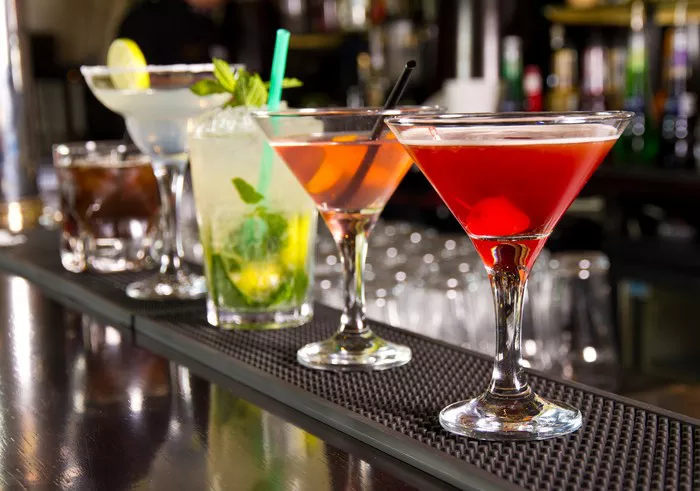Japan – A stroll through just about any convenience store in Japan will undoubtedly lead you to a pair of red and blue drink boxes nestled within the alcohol section. These are not the sole sake drink boxes in Japan, but they are certainly the most ubiquitous. We’re talking about Oni Koroshi, the renowned beverage that often goes untouched by most Japanese people.
Interestingly, there are multiple sake brands bearing the name “Oni Koroshi,” which translates to “demon killer.” This name harks back to the legend of Shuten-doji, the “king of oni” who met his demise at the hands of Minamoto no Yorimitsu. Various renditions of the story exist, but many involve Minamoto poisoning Shuten-doji’s libations before dispatching him.
Sake breweries seem to have woven this tale into their branding, portraying Shuten-doji as simply partaking in sake with an exceptionally high alcohol content. Consequently, any potent sake came to be known as an “Oni Koroshi,” even though these beverages typically hover around the 13 to 14 percent alcohol content range, which is standard for sake.
Among the array of Oni Koroshi offerings, the small boxes produced by Nihonsakari are the most prevalent. These diminutive containers, usually priced around 100 yen (US$0.70), hold 180 milliliters (6 ounces) of liquid. For many foreigners living in Japan, these boxes represent a convenient and cost-effective option, amassing a small but dedicated fan base.
However, among the Japanese populace, these sake boxes tend to carry a stigma, primarily due to the perception of alcohol served in paper packaging. Oni Koroshi, in particular, might be maligned because of experiences like the one recounted by our Japanese-language writer, Tasuku Egawa.
About two decades ago, Egawa found himself fishing late at night and stopped by a convenience store popular among anglers for its bait and restroom facilities. At 10 p.m., he encountered an elderly man ahead of him in line, emitting a pungent odor of body odor and decay. In the man’s trembling hand, there was a red box of Oni Koroshi.
Egawa didn’t pay much heed to the man at the time, but when he revisited the store around 2 a.m., the same elderly individual was still there. This time, he was seated in the parking lot, surrounded by several flattened Oni Koroshi boxes strewn on the ground, while he consumed yet another.
Curiosity piqued, Egawa inquired with the store clerk, who revealed that the man was a regular customer, purchasing a box approximately every 10 minutes. Egawa continued with his fishing and, on his way home at sunrise, stopped by the store once more. To his astonishment, the elderly man was absent, replaced by a substantial pile of Oni Koroshi boxes, along with pools of vomit, human feces, and other damp spots that he could only surmise were from urine.
From that day forward, Egawa associated Oni Koroshi with that unsettling incident, deeming it a symbol of hitting rock bottom.
However, recently, he found himself questioning whether it was fair to forever link the sake brand with that particular episode. Observing someone in such dire straits, drowning their sorrows in it, might suggest that the sake’s quality was only a notch above mouthwash. Yet, it is essential to recognize that the quality of a sake should not be judged by the actions of a solitary individual caught in the throes of despair.




















